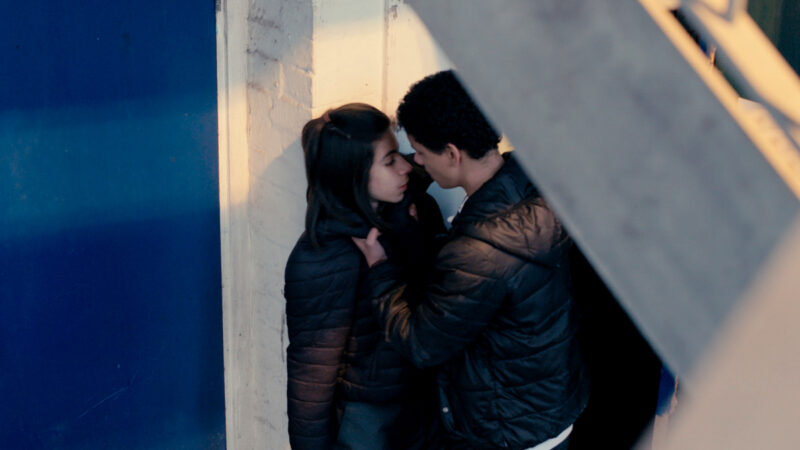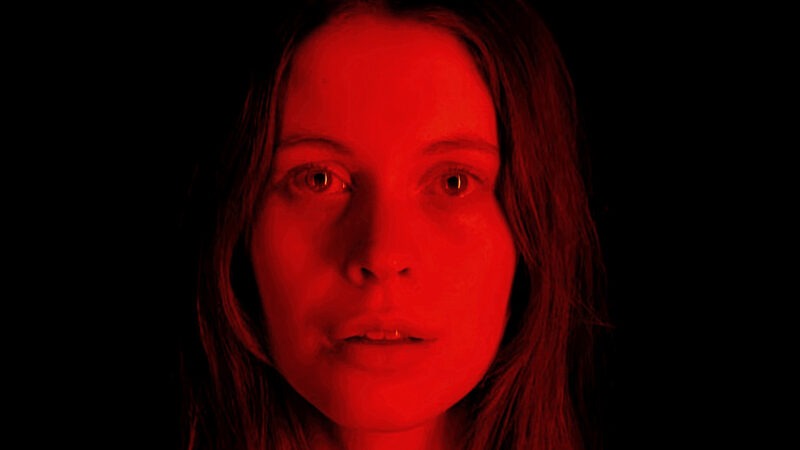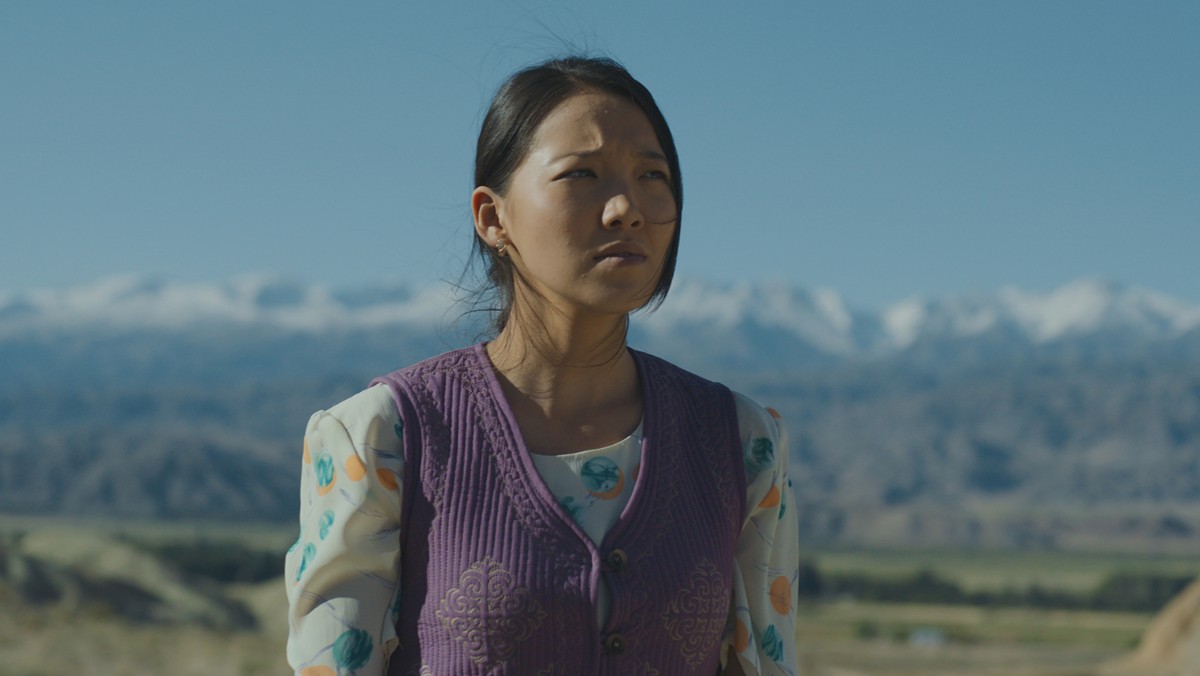
A Case Study
Narrative | Dramatic Features
Film Name: ALA KACHUU – Take and Run
Genre: Drama
Date: August 2020
Director: Maria Brendle
Producer: Nadine Lüchinger, Flavio Gerber
Writer: Maria Brendle
Cinematographer: Gabriel Sandru
Editor: Luca Zuberbuehler
Score Composer: Martin Skalsky
Production Company: Filmgerberei GmbH
Budget: 275’000 USD
Financing: We were able to finance the film through national and regional funds, various foundations related to cultural support or women’s rights, and through a crowdfunding campaign.
Shooting Format: RED EPIC-W S35 HELIUM
Screening Format: DCP 2K Scope / ProRes / MP4
World Premiere: 38th Flicker’s Rhode Island International Film Festival
Awards: MARLYN MASON AWARD (First Prize)
Website: https://alakachuu.com/en/
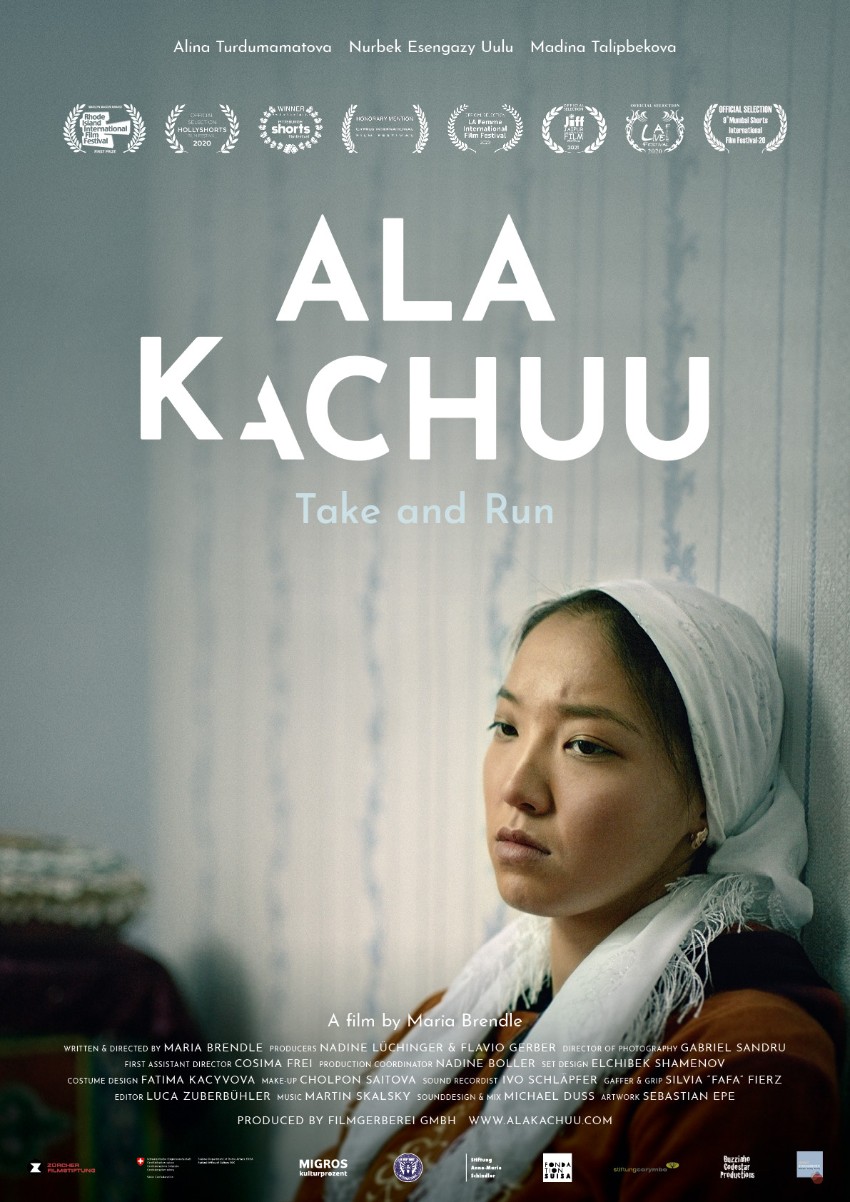
The story of ALA KACHUU – Take and Run is set in Kyrgyzstan, the original language is Kyrgyz. The idea for the film was born in Switzerland. It was not easy to organize film production in Kyrgyzstan from there. Especially because of the language barrier. Few Kyrgyz could speak English and also the research on the internet was not easy, because we do not understand the Cyrillic websites. The production was only possible because people from both countries got together and organized the project together. In Switzerland, the focus was on the screenplay, financing, schedule, and organization of the Swiss crew. In Kyrgyzstan locations, cast, extras, vehicles, and the Kyrgyz crew were organized. The film equipment such as the camera and sound equipment was imported to a large extent from Switzerland to Kyrgyzstan. Only other lighting equipment and emergency power generators came from Kyrgyzstan.
indieactivity: What is your film about?
Maria Brendle (MB): ALA KACHUU – Take and Run is a film about a bride kidnapping in Kyrgyzstan. It’s a type of marriage by force and a widely spread tradition. Too many girls and young women still fall victim to the custom of bride kidnapping in Kyrgyzstan as well as in other countries of the world. The film is narrative but based on the true stories women told me during my three-year research.
Tell us about the festival run, marketing, and sales?
Maria Brendle (MB): ALA KACHUU – Take and Run had its world premiere in August 2020 at the 38th Flicker’s Rhode Island International Film Festival and immediately won the MARLYN MASON AWARD – First Prize (New voices, new perspectives by women in film). Since then, it was screened at several other festivals, including 16th LA Femme International Film Festival, 4th LA FILM FEST, 4th Pittsburgh Shorts Film Festival, 16th HollyShorts Film Festival. ALA KACHUU – TAKE AND RUN is the winner of the Best Live Action Narrative Short at Pittsburgh Shorts 2020 and received an Honorary Mention at the Cyprus International Film Festival. We are still at the very beginning of the festival evaluation, and we hope for a further and exciting festival journey. After evaluation, we would like to make the film available to women’s rights organizations.
The Official Trailer for ALA KACHUU – Take and Run written and directed by Maria Brendle
Give the full Official Synopsis for your film?
Maria Brendle (MB): Sezim (19) wants to fulfill her dream of studying in the Kyrgyz capital Bishkek when she gets kidnapped by a group of young men and taken to the hinterland. There she’s forced to marry a stranger. If she refuses the marriage, she is threatened with social stigmatization and exclusion. Torn between her desire for freedom and the constraints of Kyrgyz culture, Sezim desperately seeks a way out.
Development & Financing?
MB: I heard about bride kidnapping for the first time after a friend came back from a long trip through Kyrgyzstan. He told me about his experiences with this tradition. I was shocked and felt ashamed that I had never heard of it. All the more, when I learned through my initial research how often this still happens. I started to research more intensively. As a filmmaker it was clear to me: I have to show that something like this exists. I want to change the fact that very few people know what terrible things happen to these victims. I wanted to give the victims a voice and show that their stories are worth hearing. The producers Nadine Lüchinger and Flavio Gerber from Filmgerberei GmbH, fortunately, shared this opinion and together we tried to make it happen. I wrote the story and screenplay myself.
It was a lot of work because I had to completely immerse myself in a foreign culture. I am very thankful for the support of some Kyrgyz women, who helped me as advisors to write an authentic script. I traveled twice to Kyrgyzstan to do research, I attended several weddings, visited the women’s shelter in Bishkek, and spoke to many victims. After three years of intensive research, I had the script ready. It was a combination of the impressions I experienced and the fates of the Kyrgyz women who shared them with me. For the shoot, the screenplay was translated into Kyrgyz. It was financed by Swiss national and regional funds, various foundations related to cultural support or women’s rights as well as a crowdfunding campaign.
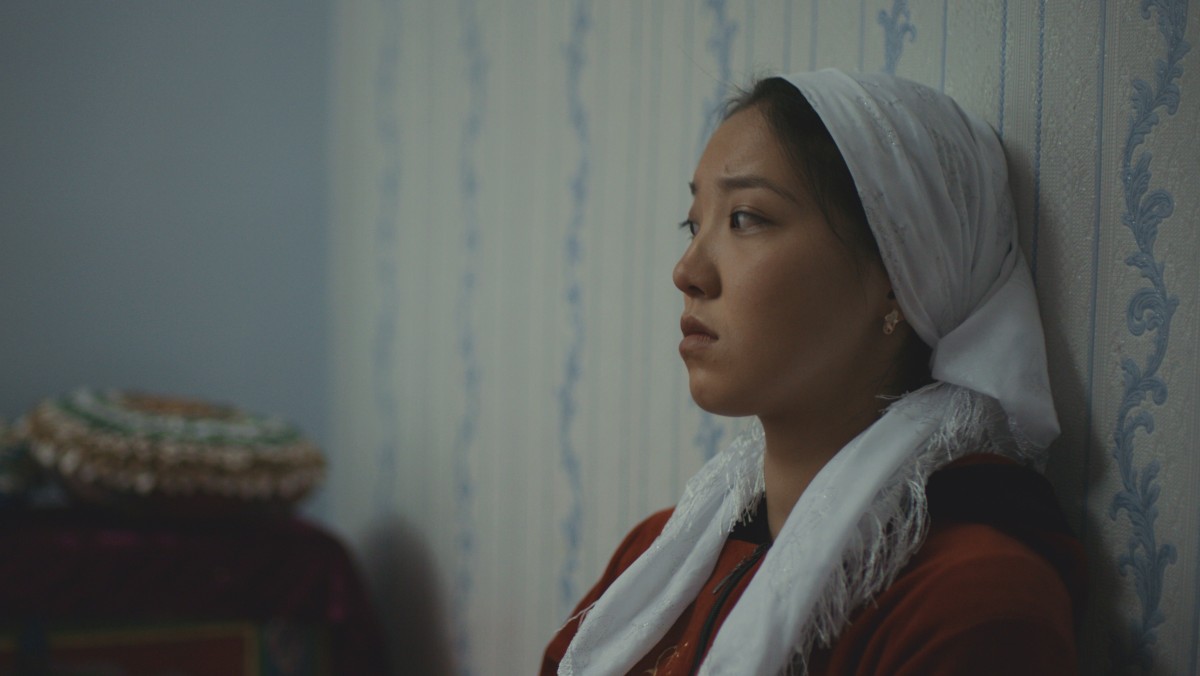
Production?
MB: From the very beginning, I was in contact with Nadine Boller, a Swiss woman who lived in Kyrgyzstan and helped with the preparation on site. She turned into a Production Coordinator, and we were constantly in exchange while miles apart. She was helping us to find a crew, sending photos of locations, and organizing the casting. During my first visit to Kyrgyzstan, we looked for locations. We drove for days through Kyrgyzstan to find the right ones. We knocked at countless houses to ask if we could have a look around. We also held a huge casting with 160 people in three days. Of course, a lot had changed during the time from my first visit up until the shoot. Five out of seven locations dropped out again. We flew to Kyrgyzstan two weeks before the film shooting started to complete the casting, rehearse, find the still missing locations, and finish all the preparations.
The Swiss team consisted of the Director of Photography Gabriel Sandru, 1st Assistant Camera Delia Schildknecht, 1st Assistant Director Cosima Frei, Sound Recordist Ivo Schläpfer, Producers Nadine Lüchinger and Flavio Gerber and Gaffer & Grip Silvia “Fafa” Fierz. DIT Müge Alper joined from Turkey. All other crew members and of course the actors were Kyrgyz. We overcame the language barrier with translators, and cultural differences soon became irrelevant. The crew grew together closely, and everyone worked towards a common goal. It was interesting to experience Kyrgyz filmmaking as the Swiss tend to be known for their perfectionism, punctuality, and meticulous organization. Our Production Coordinator, Nadine, prepared the Kyrgyz crew well for this…
We had 13 shooting days. 4 of them in the capital Bishkek. On one of the days, we shot in a university with many extras, some of which did not show up. We had several car rides, in regular traffic, and there was no trailer for that. It was a bit dangerous, but luckily everything went well. We had to shoot a scene in a bakery during normal operation, so I sold some bread myself after the “cut”. Then we moved to the hinterland, to Kochkor, where we shot for 9 days. Our main location there was specially equipped. Furniture was set up, lamps and curtains were installed, decorated, walls were papered. Pictures of the wallpaper were sent back and forth between the Production Designer and me via WhatsApp because I was still in Switzerland when he started to prepare it. The family who normally lives there during wintertime was up in the mountains for cattle breeding, except for the two kids who lived there with us during the whole time of the shoot.
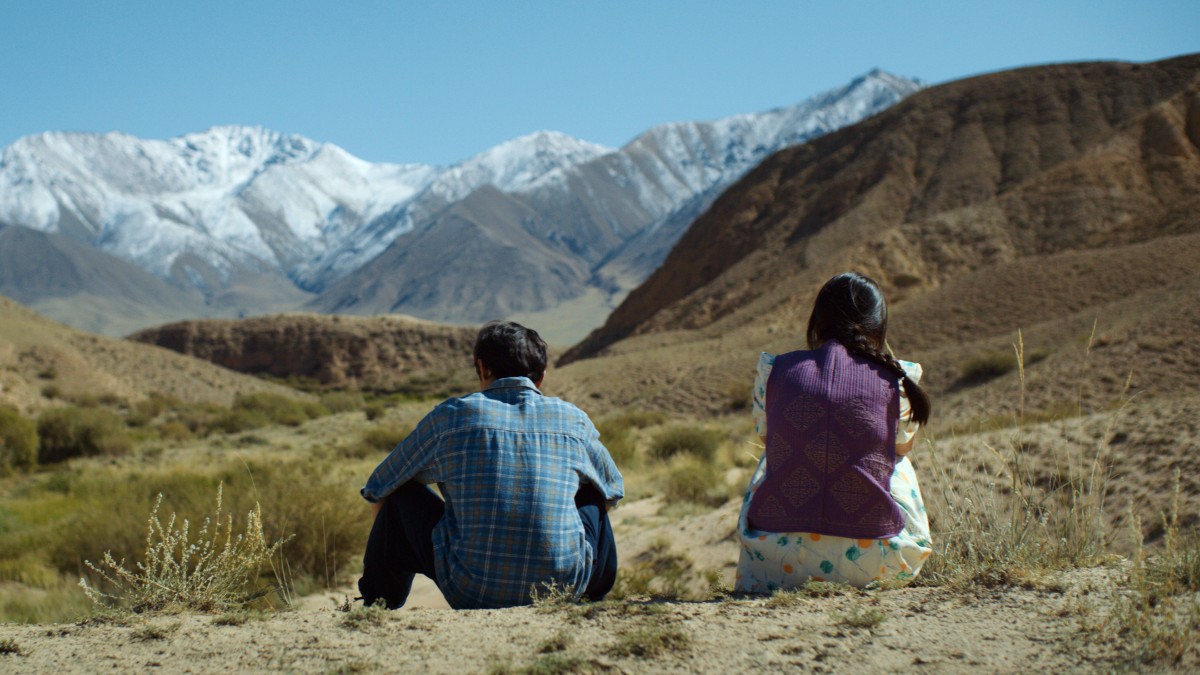
We had to work fast because power failures and the language barrier always cost time (although we had several emergency generators). Every word that was spoken had to be translated first. In the end, we all had such a good connection with each other that we understood each other even without speaking.
Back in Switzerland, the editor Luca Zuberbühler started editing. It was a special challenge to edit a film whose language we do not understand. But we always kept strictly to the script on the film set, so we managed by verifying with our translators. After days of editing, we understood the sentences. Postproduction took longer than planned, and after 4 months of intensive editing work, we were finally finished. The music, sound design, subtitling, and color grading followed. All this happened in Switzerland with a lot of goodwill from the people in charge because we were still underfinanced. We did all this because so many people believed in the film and were willing to support the production.
Festival Preparation & Strategy?
MB: When the film was finished, the Covid situation was very severe. We did not know what was going to happen. Festivals were canceled, postponed, or being held virtually. We were uncertain whether we should wait with evaluating the film, but nothing could really be planned. So, we started to evaluate the film and submitted it to the big festivals and those with premiere status in the guidelines. We are still in this phase. We are doing everything on our own.
The Release?
MB: We celebrated an internal crew premiere in Zurich and the world premiere at the 38th Flicker’s Rhode Island International Film Festival. It was planned that the Swiss crew would travel to Kyrgyzstan once again and celebrate a joint premiere together with the whole crew. But due to the pandemic situation, this has not been possible yet. We don’t want to put anyone in danger, so we’re waiting for it and hope that we can make up for it one day.
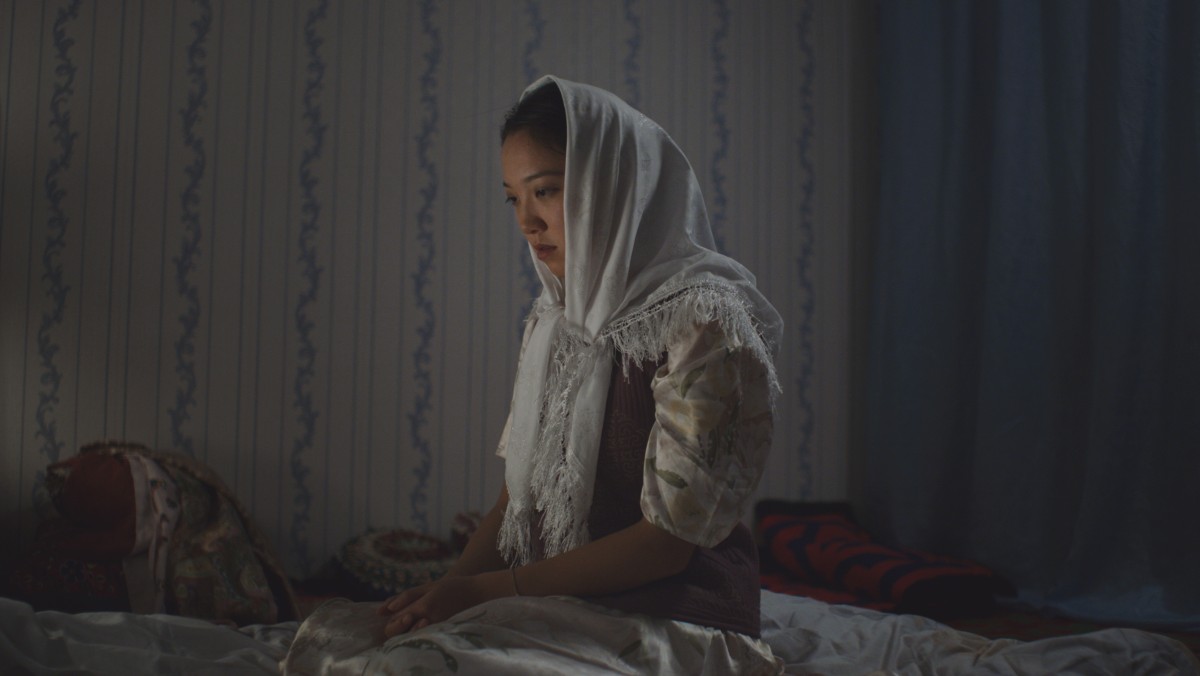
Advice from the Filmmaker?
MB: Producing the film in a foreign country was a huge challenge and a big adventure – one that goes beyond the simple language barrier. We encountered scorpions on the set, power cuts, cars that didn’t show up, and many other challenges. It is important to be relaxed and flexible. Some things just don’t work out the way you thought they would. A bit of luck is also part of it and the confidence that it will work somehow. The respectful interaction with each other, the intercultural team spirit, and the openness of the Kyrgyz people deeply impressed me. It led to one of the most valuable experiences in my life. I am very grateful for this experience. The crew, the impressions from Kyrgyzstan, and the whole adventure I will always carry in my heart.
Tell us what you think of the Case Study for ALA KACHUU What do you think of it? Let’s have your comments below and/or on Facebook or Instagram! Or join me on Twitter.
Follow Maria Brendle on Social Media
Website
IMDb
Facebook
LinkedIn
Instagram
Vimeo
MORE STORIES FOR YOU



